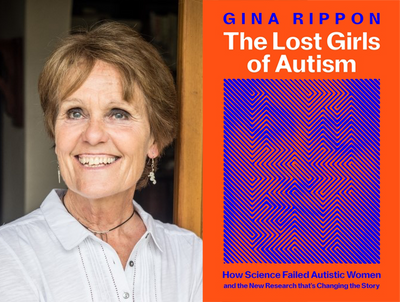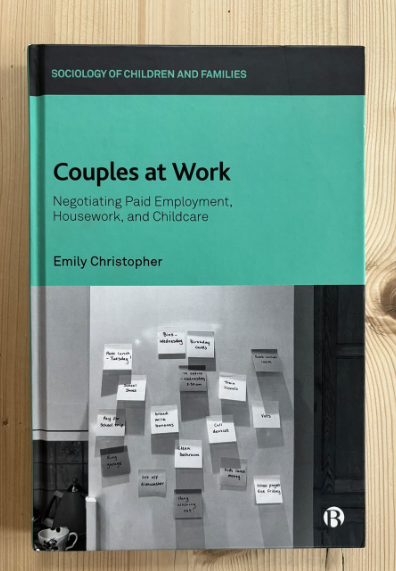"There remains a significant national skills shortage for engineering and we are pleased to be helping to address this through the provision of courses for young people wanting to progress to higher technical education, adult learners and people who want to develop their engineering skills."
Professor Sarah Hainsworth
Pro-Vice Chancellor and Executive Dean of the College of Engineering & Physical Sciences
Aston University
- Institutes of Technology (IoTs) are collaborations between further education (FE) providers, universities and employers
- IoTs focus on the specific technical skills needs required in their local area
- They provide employers with a skilled workforce and students with a clear route to technical employment
Aston University is joining in a nationwide celebration to mark the launch of the first wave of 12 Institutes of Technology on Thursday 8 July.
Institutes of Technology (IoTs) are collaborations between further education (FE) providers, universities and employers. They specialise in delivering higher technical education (at Levels 4 and 5 – equivalent to the first and second year of a degree) with a focus on STEM (science, technology, engineering and mathematics) subjects, such as engineering, digital and construction.
IoTs focus on the specific technical skills required in their local area. They will provide employers with a skilled workforce and students with a clear route to technical employment. By bridging skills gaps, these new institutions will drive growth and widen opportunity.
Gillian Keegan, minister for apprenticeships and skills, said:
“Institutes of Technology are the pinnacle of technical education, helping to develop the highly-skilled talent pipeline employers will need for the future.
“By bringing together Further Education colleges, universities and businesses, Institutes of Technology are unique partnerships which will help to tackle skills shortages in vital sectors, from marine engineering to healthcare, cyber security to agri-tech.
“Institutes of Technology are also playing a vital role in our multi-billion Plan for Jobs, which is helping to level up opportunities and support people to get the skills they need to get good jobs as we recover from the pandemic.”
The Greater Birmingham and Solihull IoT has brought together the most innovative education providers within the Greater Birmingham and Solihull Local Enterprise Partnership area with leading industry stakeholders to create a powerhouse for advanced manufacturing and engineering.
The consortium is led by Solihull College & University Centre, Aston University and Birmingham City University, working alongside South and City College Birmingham as a core partner and supported by BMET College, University College Birmingham and the University of Birmingham.
The partnership will jointly design, develop and widen education and training opportunities aligned to the latest skills needs of leading-edge employers and the local, regional and national economy. The group will target under-represented learners, facilitating clear opportunities for progression from school to high-level occupations. In this new video, partners and employers explain what the IoT means to them:
The following passage was included in the recent Government Skills for Jobs white paper, with the GBS Institute of Technology highlighted as an example of good practice:
Government Skills for Jobs white paper
Building work has started on the GBSIoT Hub at Aston University. It will be completed at the end of 2021 and will be an innovative hub, providing a fabulous resource for students and learners from across the region.
Andy Street, mayor of the West Midlands, said:
“The Greater Birmingham and Solihull Institute of Technology is all about two things: economic growth and prosperity. The Greater Birmingham and Solihull Institute of Technology is going to give us wonderful new skills in the sectors of the economy that are really growing fast here.”
Professor Sarah Hainsworth, pro-vice chancellor and executive dean of the College of Engineering & Physical Sciences at Aston University, said:
“We are delighted to be working with our partners on the Greater Birmingham and Solihull IOT for Advanced Manufacturing. It has been really exciting to see the work progressing on delivering the new Hub for students and learners on the campus at Aston University.
"There remains a significant national skills shortage for engineering and we are pleased to be helping to address this through the provision of courses for young people wanting to progress to higher technical education, adult learners and people who want to develop their engineering skills.
"The Hub will be home to a new cyber physical manufacturing rig which will create a simulated working environment linked to advancing Industry 4.0 technology and state of the art digital facilities and I really look forward to when it becomes the new home for our IoT students.”
Find out more about the Greater Birmingham and Solihull Institute of Technology at www.gbsiot.ac.uk





